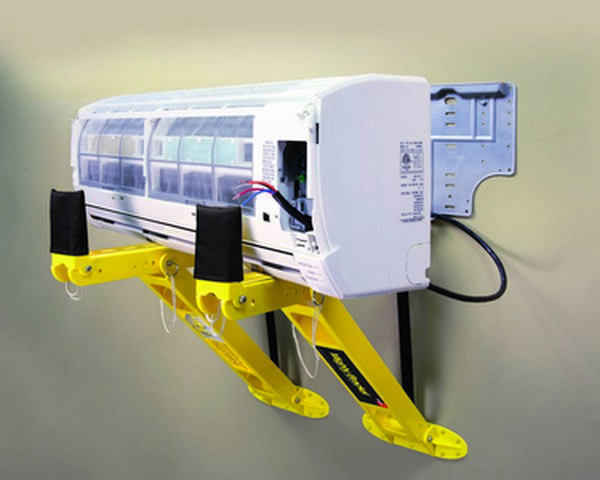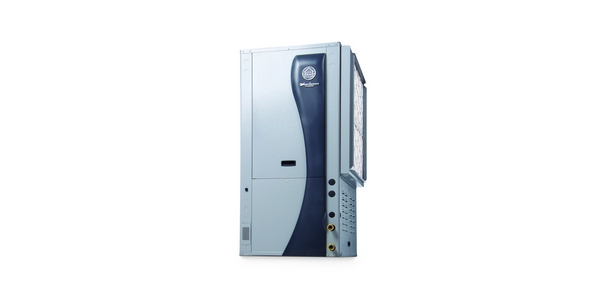As more businesses across the country begin to reopen following the pandemic shutdown, facility owners and managers are forced to rethink the indoor air quality of their commercial buildings to minimize the spread of airborne infectious diseases, such as COVID-19. Engineers at KAI Engineering say making simple HVAC modifications, combined with other prevention strategies, will go a long way toward minimizing the virus’ spread and protecting a building’s occupants.
“Currently, there isn’t a single strategy recommendation, but there are various control strategies available that can be combined to fight an airborne infectious disease,” said KAI Director of Mechanical Engineering Aleksandar Milenkov, P.E., LEED AP.
The Centers for Disease Control and Prevention and The American Society of Heating, Refrigerating and Air-Conditioning Engineers have made several recommendations for improving air quality and eradicating potential airborne viruses within building environments. Milenkov says there are several simple upgrades building owners can make to their HVAC systems to accommodate these safety recommendations. These upgrades include:
1. Improve ventilation
Increasing outside air and improving ventilation throughout a building will help reduce the infection rate. KAI recommends the following HVAC modifications:
- Increase the ventilation rate for the restroom exhaust fans.
- Increase outside air by 100% to isolation rooms.
- Increase outside air by adding dedicated outdoor air systems. This is the most expensive option, especially for retrofitting existing facilities. The DOAS will decrease the infection rate, improve air quality in the space and provide better control of the temperature and humidity. However, the downside to this is increased energy consumption.
- Modify the unoccupied operation mode for outside air units to run two hours before occupied times and two hours after occupied times at 100% capacity.
2. Increase filtration
KAI recommends using as high a setting as possible for air filtration and ventilation of the restroom exhaust fans. The filter housing and racks should also be inspected regularly to ensure an appropriate filter fit and to minimize filter bypass.
Use highly efficient particle filtration in centralized HVAC systems to reduce airborne particles, as well as a filter with a MERV13 or higher rating, if the existing HVAC system can support it.
Install room-level filtration portable air cleaners equipped with HEPA filters, or portable units with MERV13 filtration, a carbon filter, UV lights and bipolar ionization. This will isolate airflow from the rest of the facility and help minimize the virus’ spread.
3. Improve air distribution patterns
Controlling the airflow between zones in a building is a viable way to protect building occupants from airborne pathogens. This can be achieved by re-evaluating the positioning of supply and exhaust air diffusers and/or dampers and adjusting flow rates to establish measurable pressure differentials.
Building owners should also have people occupy “clean” ventilation zones that do not include higher-risk areas such as visitor reception or exercise facilities, if they are open.
4. Improve temperature and humidity
Studies suggest that the most unfavorable environment for microorganisms to survive in is when the relative humidity is between 40-60%. Decreasing the temperature and moisture in an environment creates a less hospitable environment for microorganisms to grow. The majority thrive in an RH of 60% or more.
5. Utilize ultraviolet germicidal irradiation light or bipolar ionization
Using a UVGI light as a supplemental technique to inactivate potential airborne viruses in the upper-room air of common occupied spaces is recommended. The entire ultraviolet spectrum can kill or inactivate microorganisms, but UV-C energy from 200-280 nm provides the most germicidal effect, with 265 nm recommended as the optimum wavelength. The majority of modern UVGI lamps create UV-C energy at a near-optimum 254 nm wavelength. UVGI lights should be installed at the chilled water coils of rooftop units.
The CDC and ASHRAE do not take a position for or against the use of bipolar ionization due to a lack of sufficiently clear scientific data on these air cleaners. To a potential user who wants to examine data for BPI devices with recirculation, ASHRAE recommends consulting the AHAM Verified Program for an air cleaner’s CADR rating—the number of cubic feet of air an air purifier effectively removes each type of particle each minute. Several manufacturers provide third-party test results of their air cleaners, many of which claim to reduce over 99% of microorganisms, including viruses, over 15 to 45 minutes of time.
For more information about HVAC modifications to protect against COVID-19, contact KAI Enterprises Managing Partner Brad Simmons, FAIA, at 314-754-6389 or bsimmons@kai-db.com.



